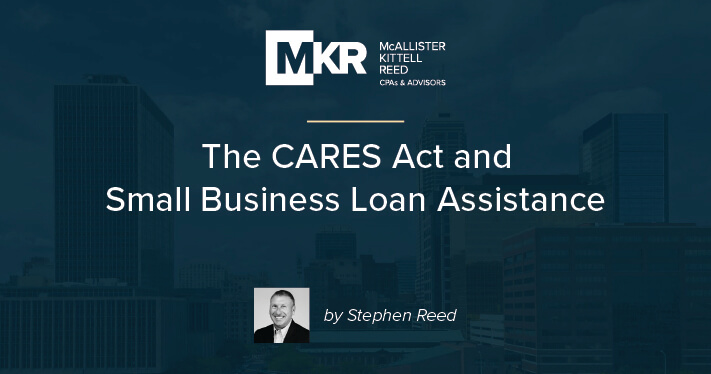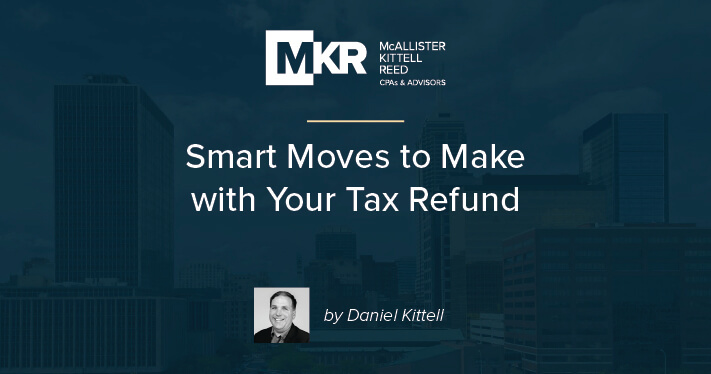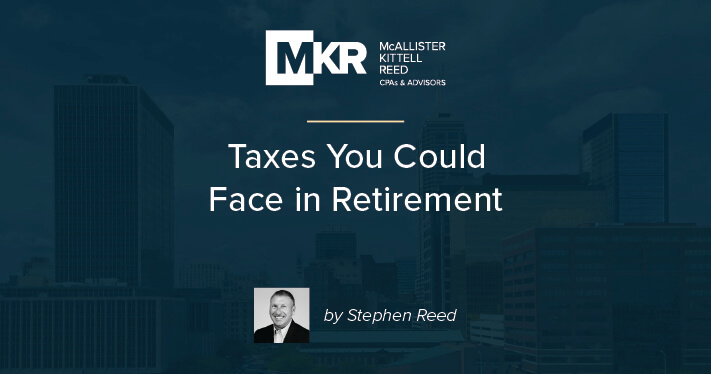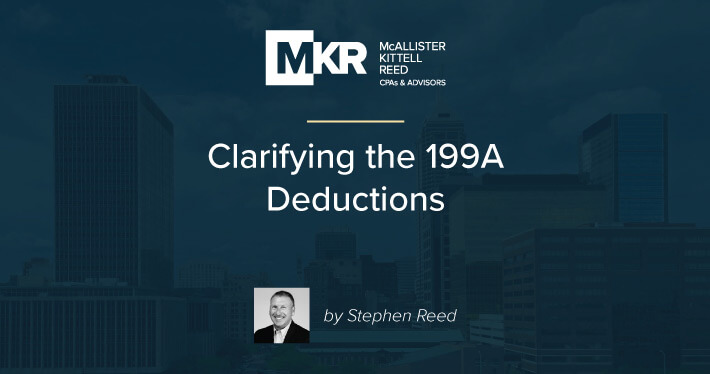Since early March, the COVID-19 pandemic has been making a substantial financial impact on millions of people across the country. With 22 million jobless claims in just one month and a slowly moving economy, many homeowners are left wondering if their properties will...








